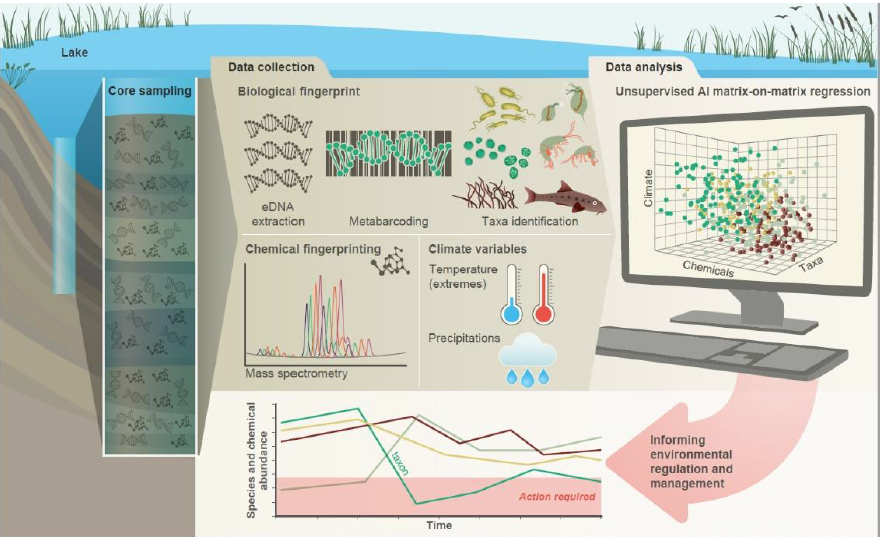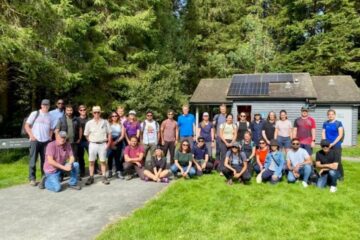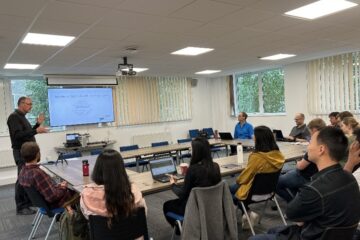Over long periods, environmental changes like chemical pollution and climate shifts impact biodiversity in ecosystems. Understanding these consequences is challenging due to slow occurrences, delayed measurements, and limited historical records. Pinpointing when, why, and how changes happen becomes complex. To comprehend significant environmental shifts in the past century, a multidisciplinary team led by Professor Orsini at the University of Birmingham and featuring as lead authors Drs Zhou and Eastwood, developed a conceptual framework. This innovative approach utilizes lake sediment records like a time-traveling device, enabling the reconstruction of a comprehensive library detailing biological, chemical, environmental, and functional transformations on a yearly basis across centuries. Their recent publication in eLife (https://elifesciences.org/articles/86576) validates the framework, applied to a century-old freshwater ecosystem with documented human impact. The team analyzed DNA traces to measure biodiversity changes over time, biocides that leached into the sediment and could be measure years later and climate data.
Despite apparent water quality recovery, the lake’s biodiversity didn’t fully restore due to extreme temperatures and insecticides, explaining up to 90% of changes not identified with traditional methods. The functional roles microorganisms played in the ecosystem were also altered, suggesting that loss of biodiversity leads to loss of ecosystem functions. By scrutinizing individual and combined effects of pollutants and climate change on biodiversity, the study presents compelling evidence that this innovative approach could revolutionize environmental regulation. It provides a powerful tool for understanding and managing the impacts of human activities on ecosystems, offering insights not captured by traditional techniques.




0 Comments